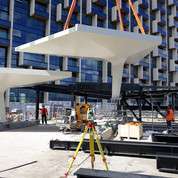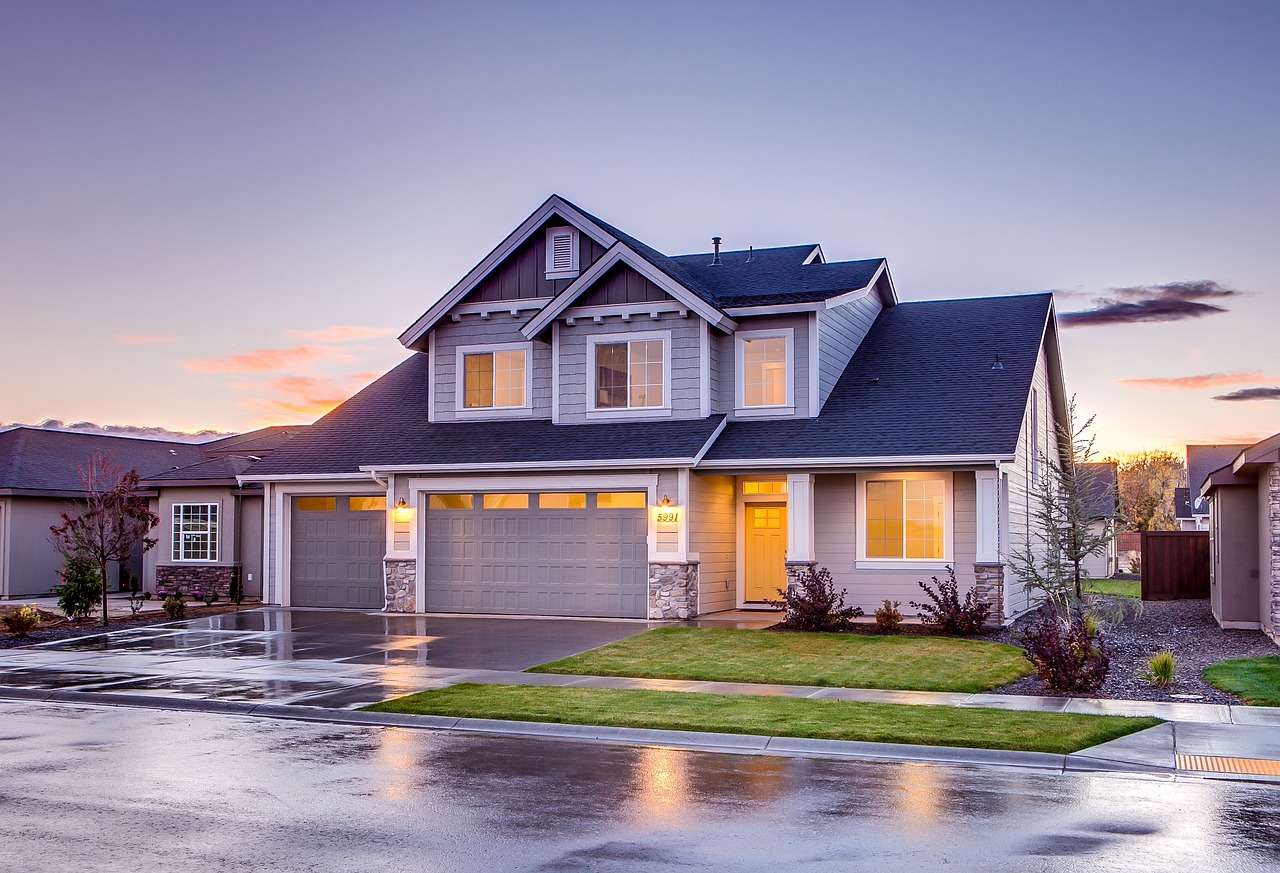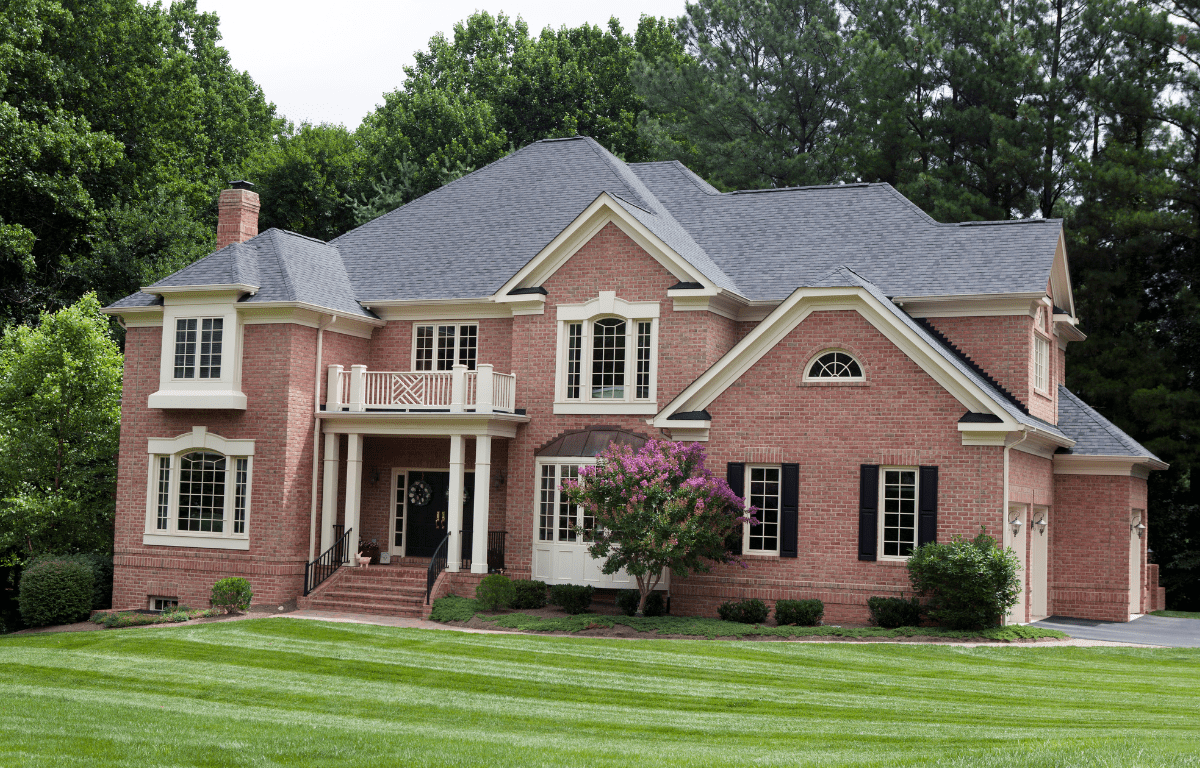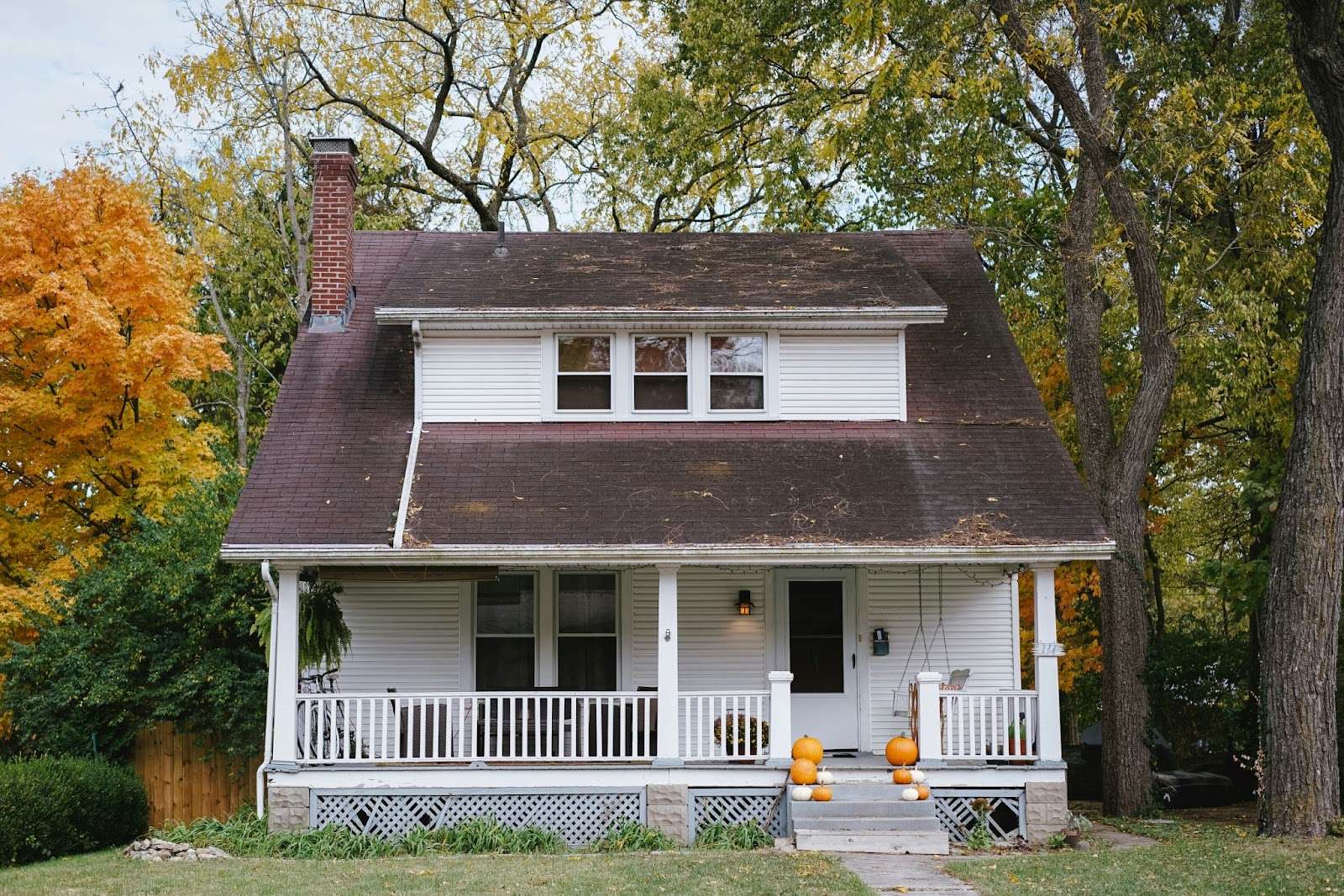The way you set out is the opposite of how you do a survey. The procedure entails using a variety of methods and tools to establish on the ground the locations and levels of the building lines and road alignments specified on the construction drawings.
Accurate surveying and setting out are crucial for the practical completion of building projects in civil engineering. Transferring the measurements and locations from engineering drawings and plans to the actual site is known as setting out. This procedure helps maintain accuracy throughout the project and makes sure that the construction adheres to the desired requirements. To lay out crack monitoring, a variety of techniques are used, each one suitable for a specificᅠ project type and geographic location. Here, we’ll talk about some typical survey-setting procedures used in civil engineering, with an emphasis on surveying and levelling approaches.
A successful setting out engineer is a crucial component of every building project. Whether you’re constructing a new house, a business, or a piece of infrastructure, you need a qualified expert to make sure the buildings are precisely positioned and aligned to adhere to the plans and requirements.
What is setting out?
Setting out in surveying is translating the building plan to the actual land so that the workers may follow it during construction. It is sometimes referred to as “staking out” or “laying out.”
To guarantee precise construction, key locations and guiding markers are laid up. Multiple laying out surveys are frequently needed for large-scale projects like developments and high-rise structures to maintain consistency as the project moves forward.
A setting out engineer is what?
According to the building plans and drawings, a setting out engineer is in charge of marking out the location and measurements of structures and features. These engineers collaborate closely with architects, engineers, contractors, and other specialists, to guarantee that the project is built to the proper proportions, level, and elevation.
Why Is It Important to Have a Good Setting Out Engineer?
1. Reliability and accuracy
A setting out engineer’s main responsibility is to make sure that the buildings being built are accurate and precise. They can precisely establish the location and elevation of structures thanks to their knowledge of surveying and levelling processes, ensuring that they are perfectly aligned and positioned.
2. Savings in time and money
Employing a competent Site Engineer, London may speed up construction and save expenses. Contractors may save money by precisely laying down the placements and dimensions of buildings, preventing costly mistakes that could cause delays, rework, or even legal issues.
3. Adherence and Security
Setting out engineers are also in charge of assuring adherence to safety rules and building codes. They are aware of critical elements like drainage, site preparation, and site access, which can reduce the possibility of mishaps and injuries while work is taking place.
4. Quality Control
A qualified setting out engineer can provide quality control at every stage of the building process. They can identify any flaws or deficiencies before they worsen by routinely monitoring the position and measurements of buildings. This ensures that the final constructed product is of high quality and meets the demands and expectations of the clients.
Why is planning a survey so crucial?
Other than to direct the employees as they start work, the major goal of setting out is to guarantee that the construction stays within the legal bounds. This ensures there won’t be any later legal problems about property lines and access rights.
Methods of Setting Out Survey
1. Chain and Tape Method:
One of the oldest and simplest methods for laying out surveys is the chain and tape approach. It requires constructing right angles using the 3-4-5 triangle method and measuring distances using a chain or tape measure. Boundary delineations and tiny building layouts are examples of smaller projects with relatively basic geometry that are appropriate for this approach.
2. Total Station Method:
A contemporary method that combines electronic theodolites and electronic distance measuring (EDM) tools is called total station surveying. It makes it possible to measure angles and distances precisely and to electronically store data. Surveyors can swiftly set up reference points, measure distances, and map out exact coordinates on the site using the complete station approach. This approach is frequently utilised in infrastructure projects, road alignments, and building development.
3. GPS/GNSS Method:
Surveys are frequently conducted using the Global Positioning System (GPS) or Global Navigation Satellite System (GNSS) technology. To calculate precise coordinates on the surface of the Earth, GPS receivers receive signals from several satellites. This technique enables surveyors to set up control points, gauge distances, and determine coordinates over huge regions with great precision. The GPS/GNSS approach is especially useful for tasks that entail large terrains or call for quick data collecting.
4. Optical levelling:
On building sites, optical levelling is used to provide vertical control. Along with a levelling staff, it uses a levelling tool like a dumpy level or an automated level. Surveyors use the line-of-sight concept to calculate the height difference between benchmarks, crack monitoring or reference sites. For the layout of constructions with particular elevation requirements, such as roads, pipelines, and buildings, optical levelling is essential.
5. Laser Scanning:
A cutting-edge technique for thorough and in-depth surveys, laser scanning, is sometimes referred to as LiDAR (Light Detection and Ranging). It entails releasing laser pulses and timing how long it takes for the light to bounce back. Laser scanners produce very realistic 3D representations of existing structures and terrain by collecting millions of data points. For intricate projects requiring accurate as-built measurements, such as industrial facilities, historical structures, and substantial infrastructural improvements, laser scanning is advantageous.
Conclusion
It’s crucial to remember that the selection of the laying out approach depends on several variables, including the project’s size, complexity, accuracy requirements, and resource availability. A knowledgeable surveyor will evaluate these variables and decide which approach is best for each project. To ensure that construction complies with design intent, reduces mistakes, and maximises project efficiency, accurate setting out surveys are essential. A Site Engineer London may execute projects precisely and successfully by using the proper methods.
Overall, it is impossible to exaggerate the value of a skilled setting out engineer. Any construction project’s success depends on precise and accurate planning since it makes sure the completed product fulfils the high criteria established by customers and regulatory organisations. You can make sure that your project stays on course, on schedule, and within your budget by investing in a qualified setting out engineer.










